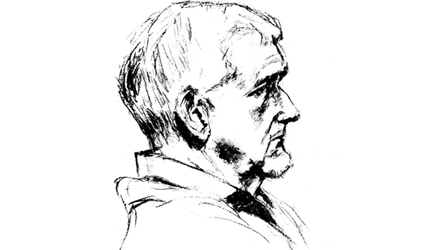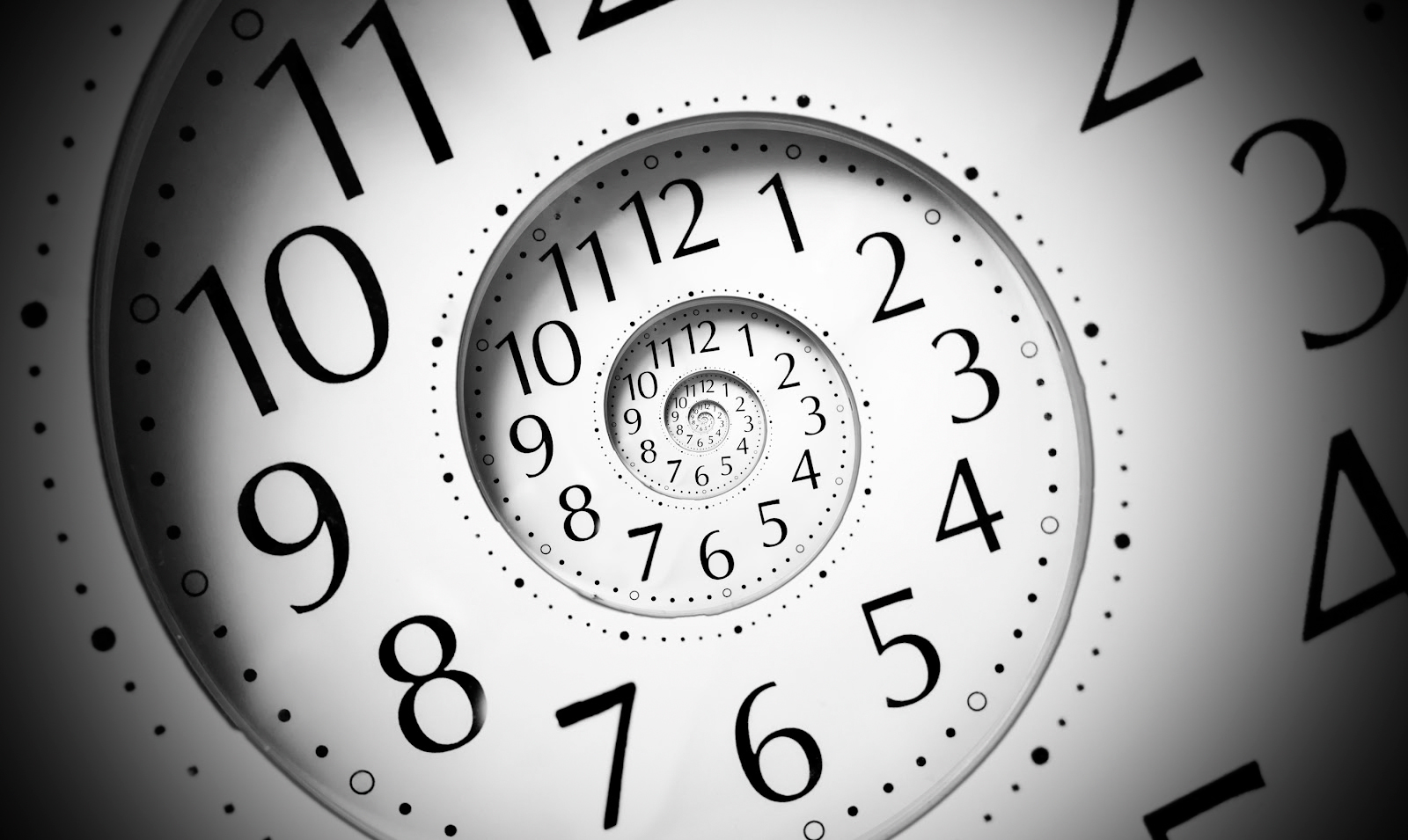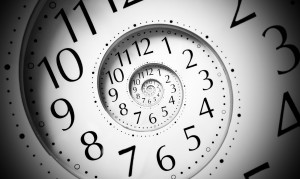The Ghazal
The Ghazal originated in Iran during the 10th Century and takes the form of a series of independently themed couplets, with a consistent meter, The defining feature of the Ghazal is the repetition of a word or phrase that occurs in both lines of the first couplet. This word or phrase is called the radif, and from the second stanza onwards each second line contains the radif.
It is also customary for the poet to put their name or pseudonym in the final stanza.
The poem length is usually between five to fifteen couplets, and each couplet is an independent poem, often with a mood swing between couplets.
Below is a Ghazal I have written, hopefully to illustrate the form.
A Ghazal for the paradox of time.
Can Time confuse by quickening the seasons
Are a child’s day or old man’s week equal in time?
Scientists and philosophers give no explanation
but some now refer to the illusion of time.
We gaze at ancient stars, not their present state
the light that reaches us is from historic time.
Is the flow linear, is the only reality now
or multi-dimensional – a multitude of time?
We gaze at the stars, but not their present state
the light that reaches us is from historic time.
Are the furtive actions of past indulgences
endlessly repeating to view at any time?
When mist in the dunes lifts from the Marram
do fingers slide to silk, time after time?
Do nervous footfalls in long hotel hallways
resonate with passion down the passage of time?
Versifier’s memories race with death’s proximity
-the sensual overrides as he runs short of time.


